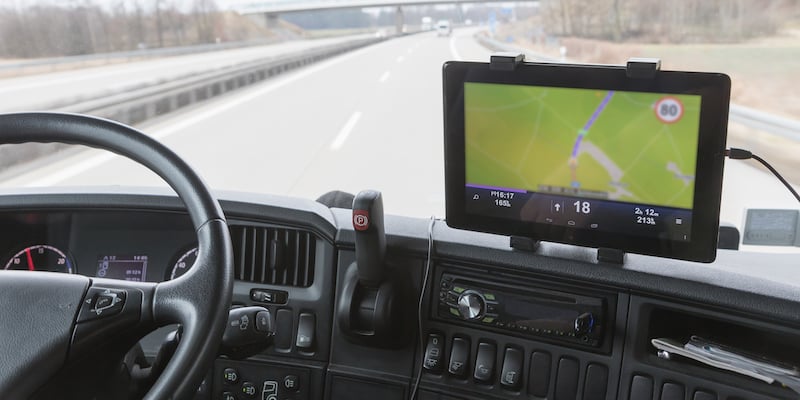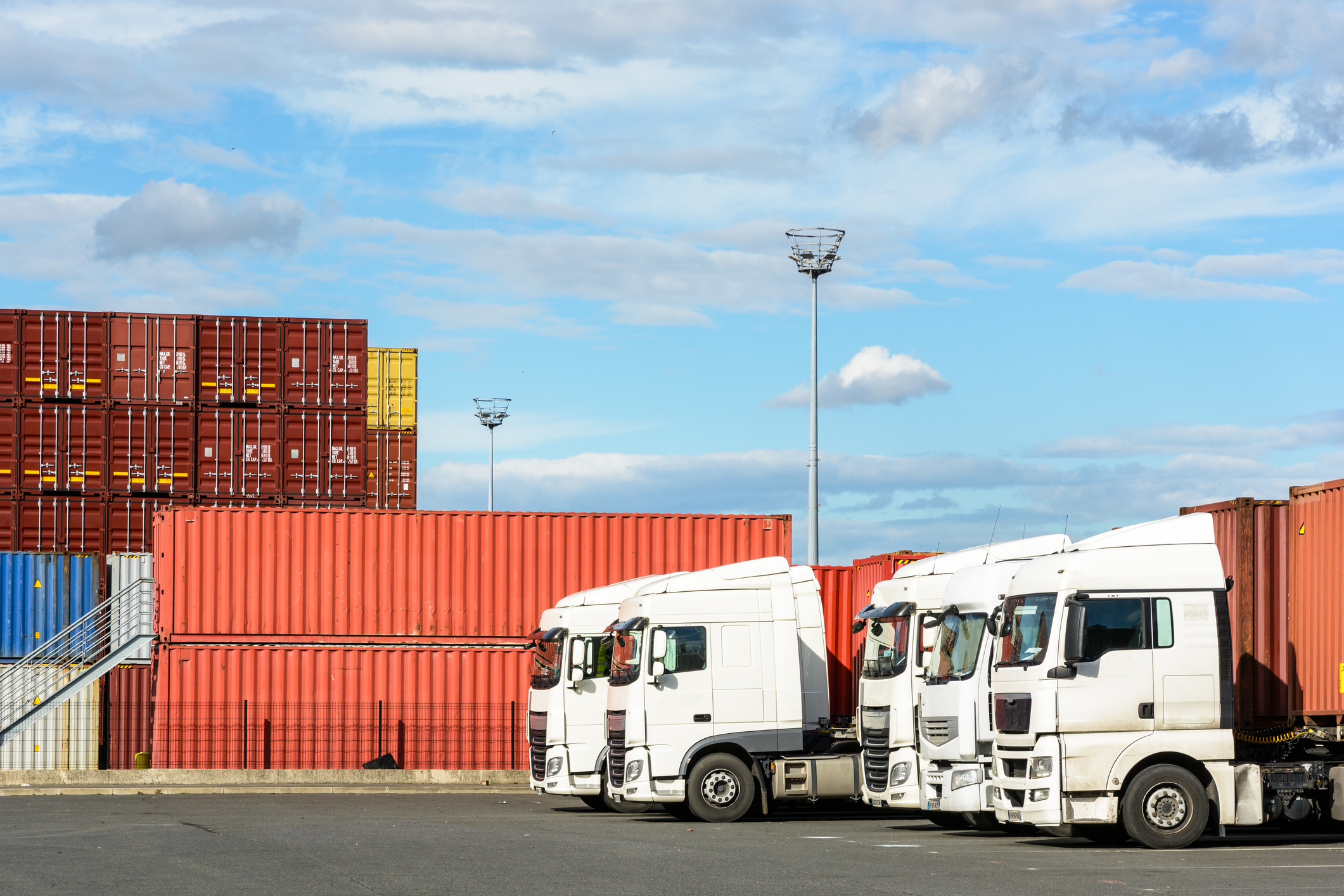 Modern societies often don’t think in terms of lack, especially when it comes to transportation. In the United States alone, there are about 280 million vehicles currently on the road1 — a substantial number, but only a fraction of the estimated 1.4 billion vehicles tooling around worldwide.2
Modern societies often don’t think in terms of lack, especially when it comes to transportation. In the United States alone, there are about 280 million vehicles currently on the road1 — a substantial number, but only a fraction of the estimated 1.4 billion vehicles tooling around worldwide.2
For all the mobility, it’s difficult to fathom that transit deserts exist, and they’re presenting some populations with significant challenges. Location technology has been instrumental in identifying these areas, and digital solutions are coming to the fore to help improve commuter transportation options and safety.
What’s a transit desert?
A term dating back to 2007, transit deserts are suburban and urban areas wherein public transportation options are inadequate to meet the demand for them. Transit deserts can arise for a number of reasons. Poor bike infrastructure, sidewalks, and roads are common causes. So, too, are the often impractical walking distances and time needed to access public transit for would-be public transportation users — who are broadly categorized as being unable to drive due to age (youth and elderly), financial disadvantage, or physical limitation.3
Experts point to the transit desert supply-and-demand gap as creating barriers to employment, social and cultural networks, and physical health and safety for the transit-dependent.3, 4 The appropriate legislative agencies continue to address the host of issues surrounding transit deserts and, in the interim, location technology is playing an important role in advancing equitable public transportation solutions for the transit-dependent.
HERE Transit Moves Public Transportation Commuters Forward
While location technology is one tool within a broad approach to transit deserts, it is impactful. HERE Transit is focused on empowering people who use public transportation by creating a transparent public transit experience.
The HERE Transit API — which integrates into any application — is a way for transit-dependent people to be aware of what lies ahead on their route so they can best manage their time and safety. HERE Transit delivers insights in four key areas to make reliable travel information available in real-time:
- Seamless transit connectivity: Switching subways, trains, and buses is simplified through pedestrian connectivity features that show when/if a line transfer is required and even provide links between transport modes, as well as connection hub information.
- Meaningful pedestrian instructions: Pedestrians are confronted with unique route circumstances — stairs, elevators, pathways, bridges, and tunnels. HERE Transit provides alerts about these elements so users can efficiently pre-plan their routes based on needs and abilities.
- Dynamic transit routing: Technology-tracked timetables (or estimated timing in lieu of a timetable) gathers and provides information about possible route delays, potentially better alternative travel methods, transfer points, maximum walk time, and other changeable data to ensure routing and timing accuracy.
- Multi-modal transit: Use one screen to incorporate all anticipated modes of transportation needed on an individual route or more involved journey.
Arriving at a final destination can be complicated regardless of starting point and made even more so by the unique challenges presented by transit deserts. The HERE Transit is a fundamental resource for finding fixes and shaping a seamless, accurate, safe, and comprehensive public transit experience. This location technology is just one of the powerful HERE solutions, which you can learn more about in What Sets HERE Location Services Apart From Other Mapping APIs?
SOURCES
1Statista, Number of vehicles in operation in the United States between 1st quarter 2016 and 4th quarter 2019, May 14, 2020
2Cars Guide, How Many Cars are There in the World?, August 6, 2018
3The Conversation, Stranded in our own communities: Transit deserts make it hard for people to find jobs and stay healthy, July 25, 2017
4Metro Magazine, The Evolution of 'Transit Deserts' and How to Achieve Transit Equity, Mobility, November 28, 2017
Subscribe to ADCi's Blog
Related Posts

Accessing Speed Limit Data via HERE Location Services
IoT Asset Tracking Helps Companies Save Money in 3 Key Areas

